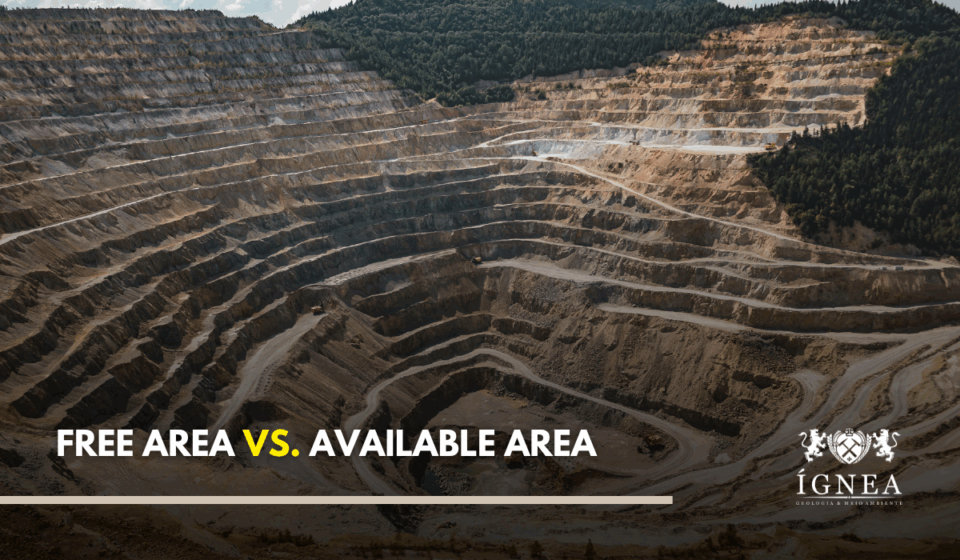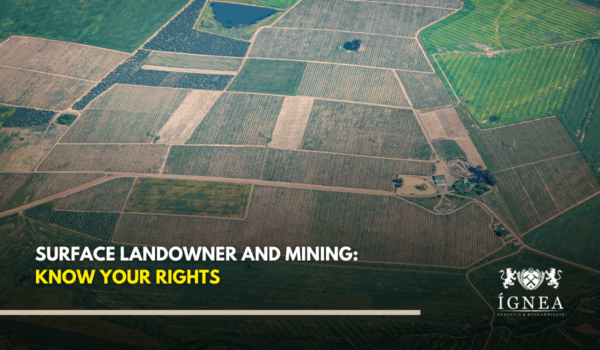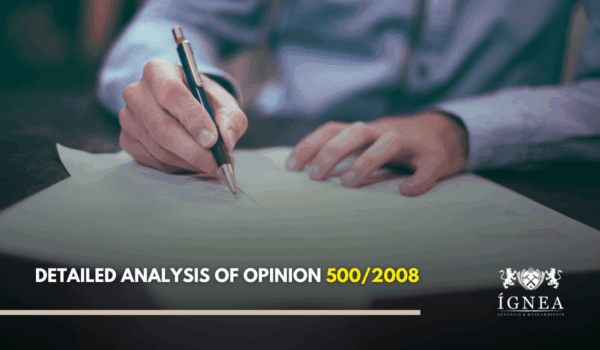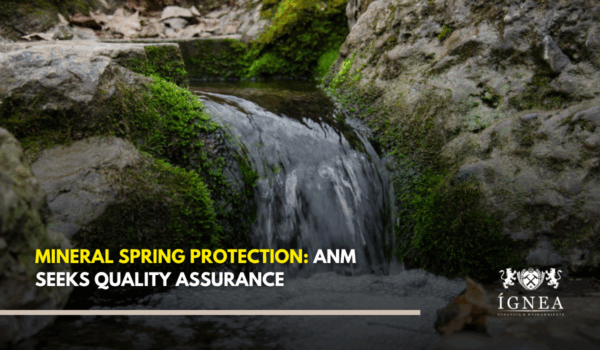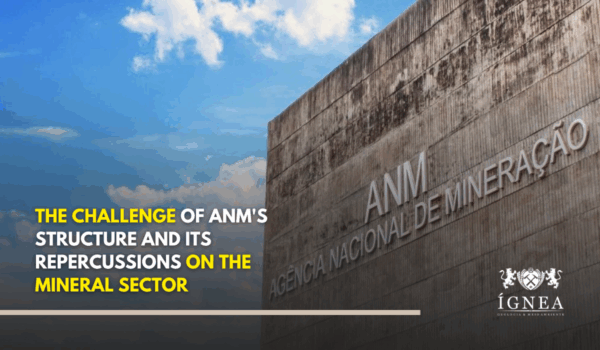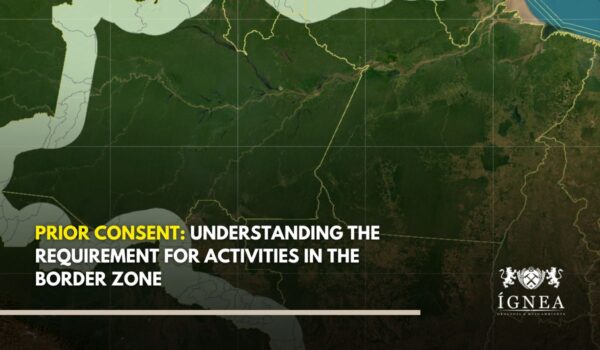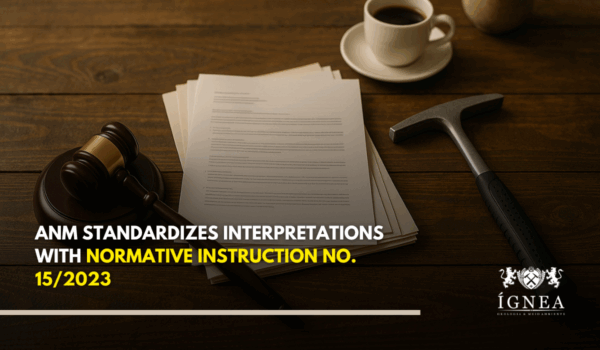In Brazilian mining regulation, terminological precision is fundamental. Although “área livre” (free area) and “área disponível” (available area) sound similar, they represent distinct situations before the Agência Nacional de Mineração (ANM – National Mining Agency). Correctly identifying the status of an area is crucial, as it defines the procedure for acquiring mining rights and directly impacts project planning and administrative processes.
Área Livre (Free Area): refers to a geographic space that currently does not have an active mining title, such as a research permit (alvará de pesquisa) or a mining concession (portaria de lavra). An area is also considered free if a previous title was formally canceled or annulled and the polygon returned to the status of not being occupied by current rights. The main characteristic is the absence of any pre-existing mining right. The application for research over a free area follows the normal legal process and ANM rules, with priority defined by the date and time of filing.
Área Disponível (Available Area): on the other hand, is one that previously had a mining title, but whose rights were extinguished (due to waiver, definitive rejection, annulment, etc.). However, the area does not automatically become free. The legislation determines that areas with extinguished titles must be formally made available by the ANM for new applications or public offers.
This act of “making available” (disponibilização) is a specific ANM procedure, which may involve public notices (editais) and particular criteria, as detailed in Resolution No. 24, of February 3, 2020. Thus, an Available Area has a history of occupation and requires formal action by the ANM to be re-opened, often under different rules and deadlines.
Main difference between the two areas
The practical difference lies in the acquisition process. Therefore:
Áreas Livres (Free Areas): can be applied for at any time via a standard research application.
Áreas Disponíveis (Available Areas): can only be applied for after official availability by the ANM and under the conditions established in this act, which may include specific deadlines or competition rules (public offers).
Verifying the correct status requires consulting the ANM systems (such as SIGMINE) and specialized analysis. Accurately interpreting the history of the polygon and its legal status demands technical knowledge to avoid unfeasible applications or incorrect procedures, resulting in rejections and loss of resources.
📷 Canva / Edit ÍGNEABR

